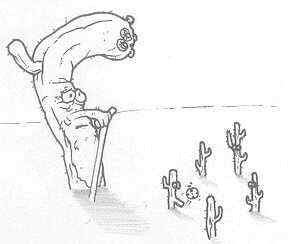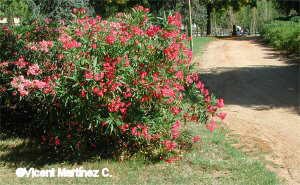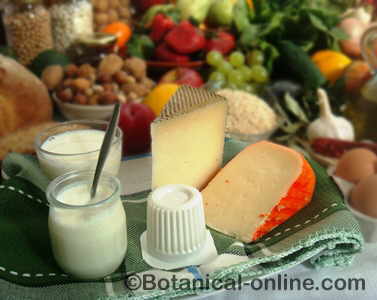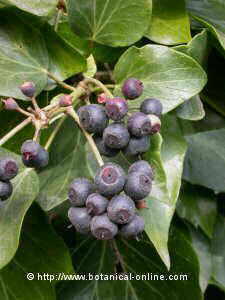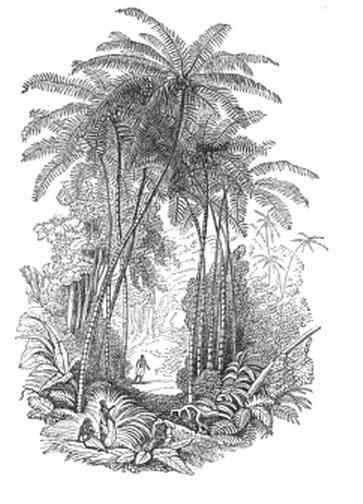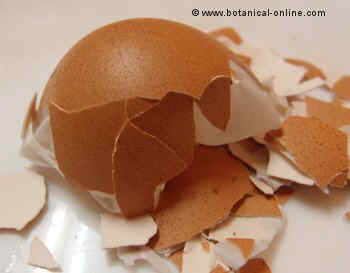Contents
What is maca?
Maca characteristics (Lepidium meyenii)
Common English name: Peruvian ginseng, maca, Maka, pepperweed, pepper grass, small flake.
Vernacular names: ayak, chichira, ayak willku, Huto-Huto. Shiuha (type of wild maca).
Maca is the common name of this plant in the Quechua language. It comes from “Ma” = “grown up” and “Ca”= “food that provides strength.”
Scientific name: Lepidium meyenii Walpers.
Taxonomic Synonyms: Lepidium peruvianum G.Chacón.
*See: Maca in other languages
Family: Brassicaceae or Cruciferae
Habitat. Where does maca plant grow?
Maca is a plant native to the Andes Mountains, which grows naturally in the ecological zone called Puna or High Andean tundra, located between 3,800 and 4,450 (up 4,800) meters above sea level.
It is believed that the origin of maca was in Junin (Peru), from where it spread throughout the Andean plateau. Maca was domesticated by the Pumpush tribe, who inhabited the plateau Blossom (Junin).
Maca grows in inhospitable regions where it is impossible to grow other edible plants: areas marked by high mountains, where high winds sweep vegetation and terrain, and where there is a high exposure to solar radiation.
Therefore, this valuable plant, known as the Queen of the Andes, is a vital crop to the economy of the Andean population.
Botanical description of maca
 Drawing of maca where one can appreciate its napiform taproot full of carbohydrates. It acts as a reserve organ that stores nutritive substances
Drawing of maca where one can appreciate its napiform taproot full of carbohydrates. It acts as a reserve organ that stores nutritive substances
Maca (Lepidium meyenii) is a biennial herbaceous plant, which develops its growth in two years. It is between 10-20 (up 30) inches in height, but sometimes it does not develop its aerial parts.
During the first year of planting, maca growing season remains for 8-9 months. During this period, it develops its underground part, consisting of the hypocotyl and tuberous roots.
What is maca taproot?
Maca taproot is a fleshy , globose, rounded, napiform structure . It is integrated with the root tissue and ends in a thick root with numerous lateral roots.
Maca taproot is thick, and consists of the hypocotyl. The hypocotyl is the part of the seed that thickens to form the stem beneath the cotyledons, about 8 inches in diameter.
What is the function of maca taproot?
This thick hypocotyl, or underground reserve organ, is full of nutritive substances such as carbohydrates, which enable the plant to survive food shortages and withstand adverse weather conditions like strong winds from the Andean highlands.
What is maca plant like?
Maca is a rosette plant, stems short and barely visible due to its dense foliage.
Maca leaves are small, compound, with enlarged composed limbo of 6-9 centimeters. The petiole is long with the top flattened. It has pinnatifid basal leaves. As a whole, l a plant may have 14 to 20 sheets.
What are maca flowers like?
Maca flowers are small, hermaphrodite, actinomorphic and light green. They have 4 sepals and 4 petals, 2 stamens (rarely 3). Bicarpelar ovary with a short style. Petals are white and sepals are green and purple.
Maca flowers are gathered in an inflorescence made of axillary racemes.
It is a self-pollinating plant that reproduces primarily by self-pollination. Genetically is octoploid-disomic and has 2n = 8x = 64 chromosomes.
The fruit of maca are two seed pods, separated by a partition that divides the fruit into two equal parts.
Seeds are orange, yellow or brown.
Composition of Maca
- Essential oil: phenyl acetonitrile (85.9% of essential oil), benzaldehydes (3.1%), derivatives of acetonitrile (2.1%).
- Sugars: glucose, starches. Its carbohydrate content is similar to potato, and ranges between 60 and 75%.
- Fat: the fat content is very low, not exceeding 2.2%. Among its fat, maca contains: oleic, linoleic, linolenic, palmitic and stearic.
- Protein: its composition is close to 11%.
- Fiber: 8.5 to 14%, cellulose and lignin.
- Vitamins: It mainly contains B vitamins
- Minerals: Specially zinc, iron and iodine. Smaller quantities of copper, zinc, manganese, iron, selenium and boron.
- Phytosterols (0.5 0.1%): beta sitosterol, stigmasterol, 3.5stigmastadiene, brassicasterol, ergostadienol, campesterol and 3hydroxy5ergostene, 3.5 estegmastadien7one, campesterol, stigmasterol.
- Flavonoids
- Anthocyanins
- Glucosinolates (1%): glucotropeolin, benzyl glucosinolate; compounds which decompose to isothiocyanates: benzyl isothiocyanate, benzonitrile, benzyl alcohol, benzaldehyde, benzylamine andmethoxybenzyl isothiocyanate. Methoxybenzyl isothiocyanate compound is believed to be responsible for the aphrodisiac properties.
- Alkaloids (macamides): macaridine, macaene and macaridine.
| Scientific studies show that maca grown in other regions of the planet, as in the Czech Republic, have fewer active compounds (macamides) that Maca grown in the Andean highlands. |
- Hydrochloride of 1,3dibenzyl4,5dimethyl imidazole, hydrochloride of 1,3dibenzyl2,4,5trimethylimidazole.
- Tannins and saponins
- Aromatic heterocyclic: pyridine.
| Botanical classification | |
| Kingdom | Plantae |
| Subkingdom | Tracheobionta Vascular plants |
| Superdivision | Spermatophyta Seed plants |
| Division | Magnoliophyta Flower plants |
| Class | Magnoliopsida Dicotyledons |
| Subclass | Dilleniidae |
| Order | Brassicales |
| Family | Brassicaceae o Cruciferae |
| Gender | Lepidium |
| Species | L. meyenii |
Varieties of Maca
Depending on the color of the hypocotyl, there are different types of maca. The color difference is due to their content of anthocyanins and possibly xanthophyll. Color gives the different properties for each variety:
- Red variety: It can be found in some regions known as Puka. In scientific studies show that red maca has anticarcinogenic effects against prostate neoplasia. Maca is the variety with the most antioxidant potential.
- Variety purplered: known as “maca miracle.” It contains high amounts of anthocyanins with high antioxidant power.
- Black variety: is known as “black maca” or “yana maca”. It has stimulating effects
![]() More information on maca.
More information on maca.

